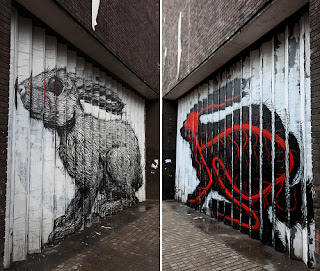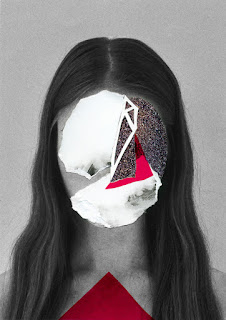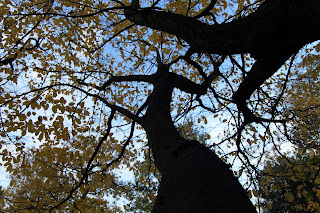Final 3D digital

This is my final 3D digital, I believe it was successfull as was able to get the effect of the sea running vertical with out any part of the sky repeating. To add to it I could add the same effect upwards along the left side to make it similar to the original photo. To do this I followed a step by step tutorial on YouTube and found it extremely help full. Before moving any pictures I first edited them in order to get a blue sky by changing the vibrance of the colours, and a sharp moon where you can see all the details. ISO 100, Aperture 1/600, Shutter speed f/ 5.6 ISO 400, Aperture 1/ 280, Shutter speed f/ 280 To start I removed the rocks, and deleted part of the sea where the direction changes. I added a part of the sky in the background to make it look as if its always been there. After I copied part of the sea and cut it diagonally to create the waterfall effect. Finally i added half the moon to sh









